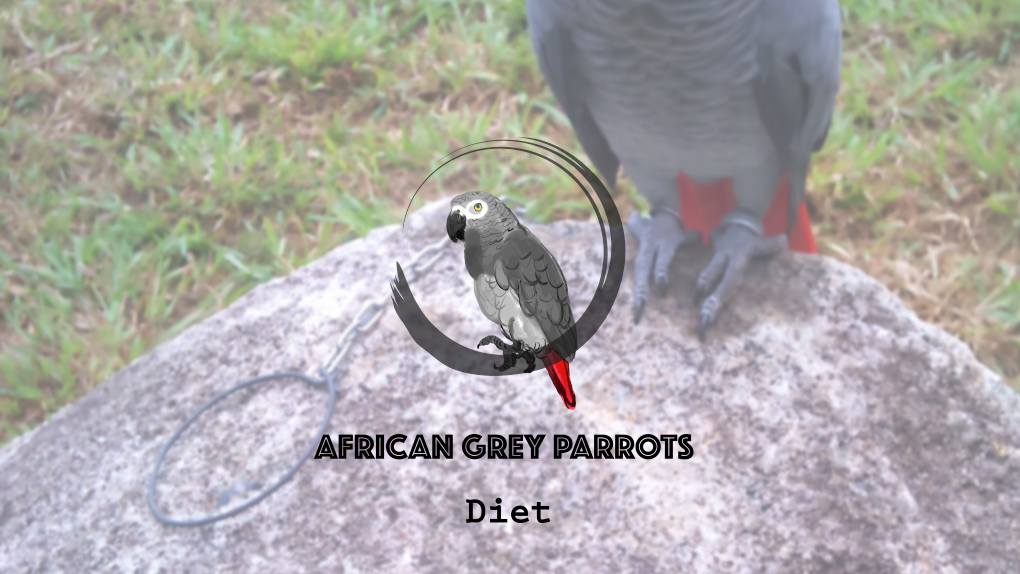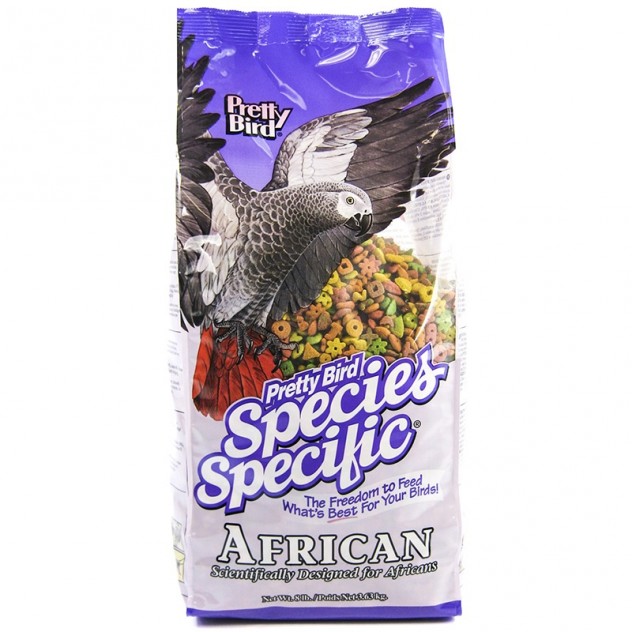There is a wide variety of opinions on the web regarding food choice for greys. Here, we will discuss foods and substances that would fulfil basic nutritional needs and work against deficits that greys are prone to.
In the wild, greys often feed on oil palm. These fruit are available all year round and contain 90% oil. Oil palm are also high in vitamin A and essential fatty acids. Being accustomed to a staple diet of oil palm, greys in captivity appear to cope better than their interspecies counterparts. Essential fatty acids have also been found to decrease feather-plucking. Older African Greys display faded red-tailed feathers rather than their usual bright-red hue to indicate inadequate dietary consumption of protein, vitamin A and essential fatty acids.
Greys are prone to Hypocalcemia, a calcium deficit resulting in weakness and seizures. These responses might represent vitamin D deficiency as vitamin D is necessary for calcium absorption.
The Grey’s diet has to consist of a balanced amount of protein and fat. Amino acids are the building blocks of proteins, and proteins are the building blocks of healthy muscles, tissue, and feathers. However, food that contains protein may not contain the necessary amino acids for proper development. Therefore, a high quality pelleted diet is recommended to supplement the necessary nutrients required in a grey’s diet. Ensure that the pellets are organically processed and do not contain any additives.
Occasional stimulation with introduction of new fruit and vegetables would also substantiate for lack of calcium or vitamin A.


0 comments on “Diet in Captivity” Add yours →